Ventilation systems
Mechanical Heat Recovery Ventilation (MHRV)
MHRV is a system that uses the heat in stale exhaust air to preheat incoming fresh air (with the aid of a fan).
This reduces the energy required to bring outside air up to ambient room temperature.
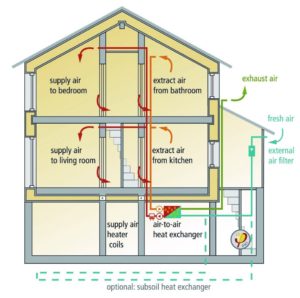
Diagram: passivehouse.com.au
Like the human respiratory system, this exchange of air is performed in a single area of the home, your ventilator core (the lung).
Outgoing air and incoming air never mix in the heat recovery process, they simply pass in separate channels in the ventilator core, allowing an exchange of heat through conduction.
Stale air containing any contaminants, spores or allergens is forced outside and fresh filtered air is allowed in, improving air quality and a healthier living environment.
Forced ventilation breaks the reliance on wind and occupant behaviour to provide good indoor air quality. A fan becomes the main driver for ventilation.
In a typical situation fresh air is supplied to bedrooms and living areas, and exhaust air extracted in kitchen, toilets and bathrooms. Most sensible heat can be recovered from outgoing air, and transferred onto supply air, when an efficient heat exchanger is used. Heat is conducted through a thin plate that keeps the airways separate.
Efficiencies of MHRV
The ‘efficiency rate’ of an MHRV unit determines how much energy will be saved by using that particular device. Although it requires the operation of a fan (hence the ‘mechanical’ word in its title) on a continual basis, the energy recovered from the inside air is many times that of the energy required for the fan.
Typical efficiencies range from 55% to 75%, but some extremely efficient European models are rated much higher. Whilst the European units are manufactured overseas, they are easily available through NZ distributors.
Allergen Control
Most allergen causes are removed with the installation of the highly efficient heat recovery unit. This unit cleans and circulates the air in a room providing fresh pollen-free and dust-free air once every three hours and does not release ozone back into the air from the filtration process. This is great news for everyone, especially for those with allergies or respiratory. A German Zehnder system, for example, can remove 98% of pollen from your air and the filters at the entry of the controlled air system block particles up to 3 times thinner than a human hair.
Don’t confuse HRV, the system, with PPV systems
Whilst each has their own uses and benefits, the term HRV stands for Heat Recovery Ventilation System, and should not be confused with company names or other systems that are not true heat recovery systems. Many ventilation systems are better described as, positive pressure ventilation (PPV) systems.
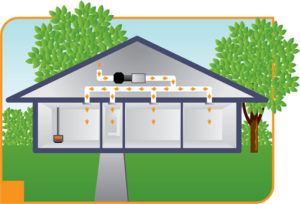
PPV’s work by drawing the air “stored” in the ceiling and pushing it through ducts into the various rooms in a home. On sunny days, the air inside a roof space is generally drier and warmer than the air circulating inside the house, but there is a limited supply of this air in the ceiling space. By pushing this warm air into your home, the system simultaneously forces out existing damp air, thereby reducing condensation.
The slight positive pressure sustained within the house helps guard against infiltration of environmental pollutants. Massey University research (Fortes, Phipps, & Fleming, 2003) found a slight reduction of relative humidity in some houses where these systems were used and resulting positive impacts on mould occurrence.
diagram: Moisturemaster.co.nz
However, the downside is that moist interior air is typically forced out through cracks and gaps in a non-airtight building envelope, where it may contribute to moisture build-up in building cavities. To try and balance the pressure, positive pressure systems are sometimes combined with an intermittently running extraction fan, or passive vents in kitchen or bathrooms. Without a successful balance, room air may also get pushed into the attic, where it is then “recycled”. A drier home is a warmer home, but as the available warm air in the roof space is pushed into the house, it is replaced with cooler air from outside, which in turn, is pushed into your home, once again reducing the temperature. In order for the PPV or forced-air system to continue to provide adequate warm air into your home, it needs to be heated which requires further heating and energy costs. University of Otago research (Fitzgerald et al., 2011) raised serious doubts regarding the suitability of positive pressure ventilation systems that utilise roof air for the provision of free heat.
The air in any roof space isn’t fresh or healthy as it is generally full of dust mites and spores. In order to clean this air, the system needs to filter it prior to it being introduced to your home, this may not be to the same extent as those introducing fresh air directly from outside. Regardless, the filter needs to be extremely good.
The two systems really have two separate purposes, PPV is specifically for ventilation where condensation is an issue, while HRV (the system) is focused more on controlling your environment with regard to heating, cooling and air filtration. If you are looking at a applying these key principles into the design of your home, we will advise on the best options and ensure you get the real deal. Importantly we will look at the whole package, including house design and its thermal envelope.
In Conclusion
While ventilation systems have a crucial role in the provision of acceptable indoor air quality, it needs to be part of a comprehensive design standard to reach their full potential, and be energy efficient. As an example: a mechanical ventilation system can double as a comfortable and economical heating system, only when heating requirements are kept to a minimum. Proper ventilation concepts for each New Zealand climate zone need to be considered alongside the house design in terms of the thermal performance of the building envelope.
For more information on MHRV and passive house you can download our free brochure on ‘Building For Health, Comfort and Energy Efficiency’ here. You can also contact us to discuss your project and these key principles in more detail.
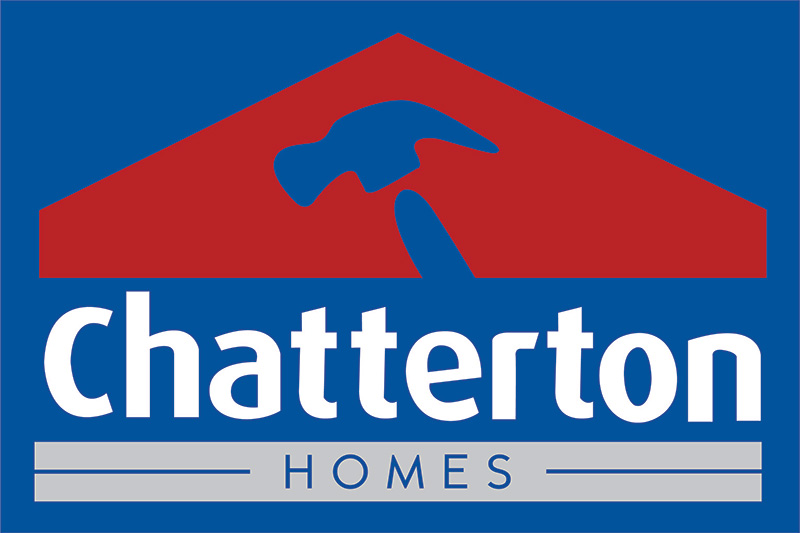
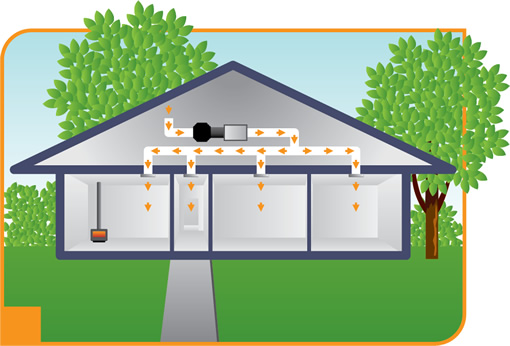
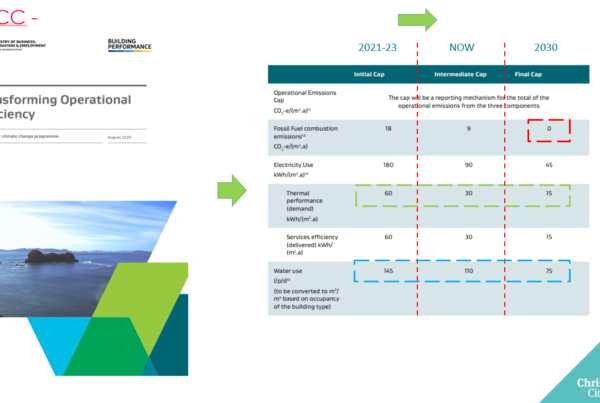

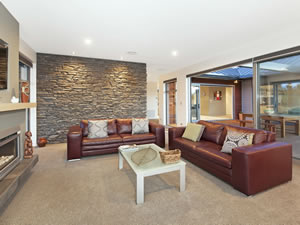

Join the discussion One Comment